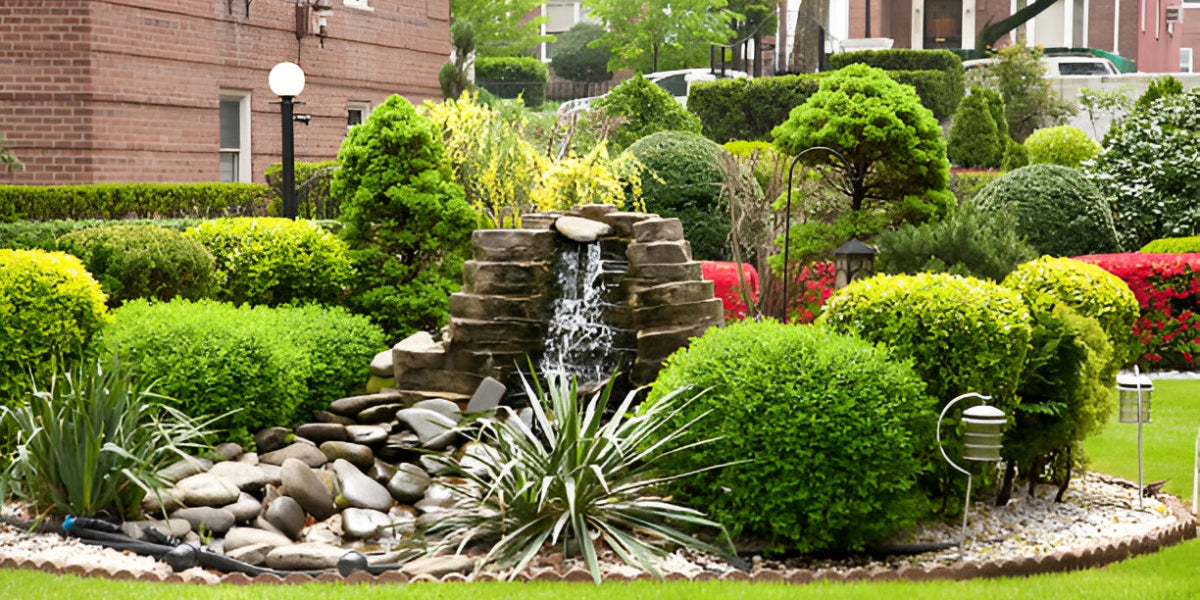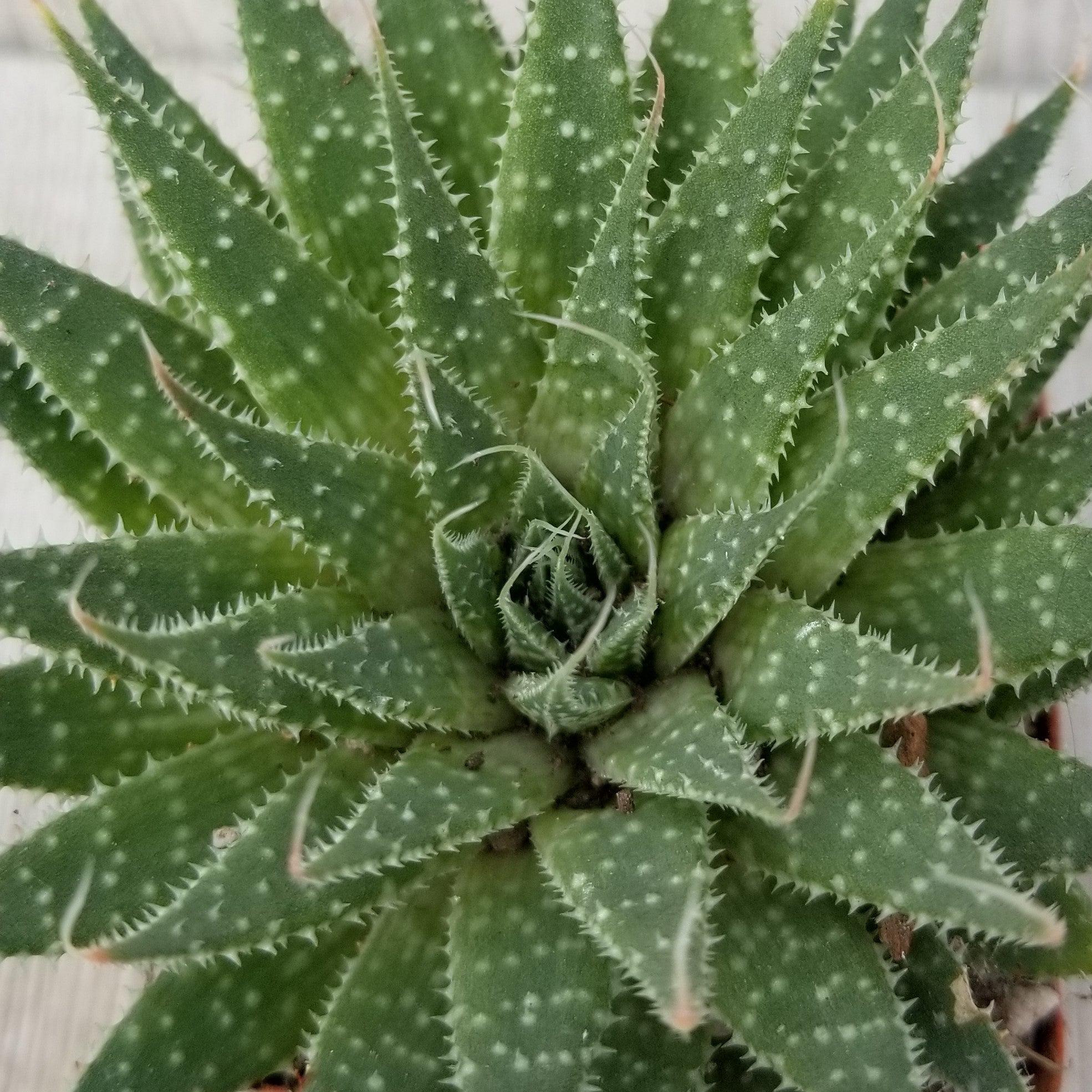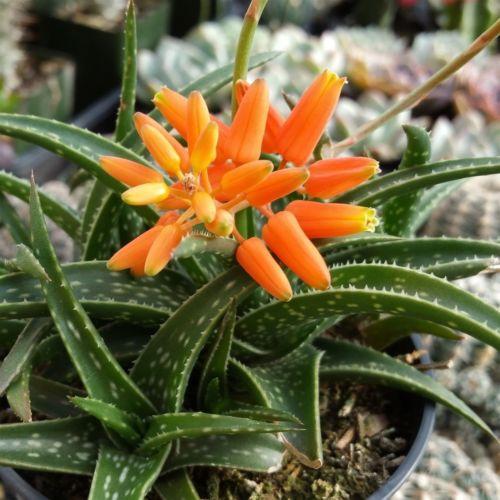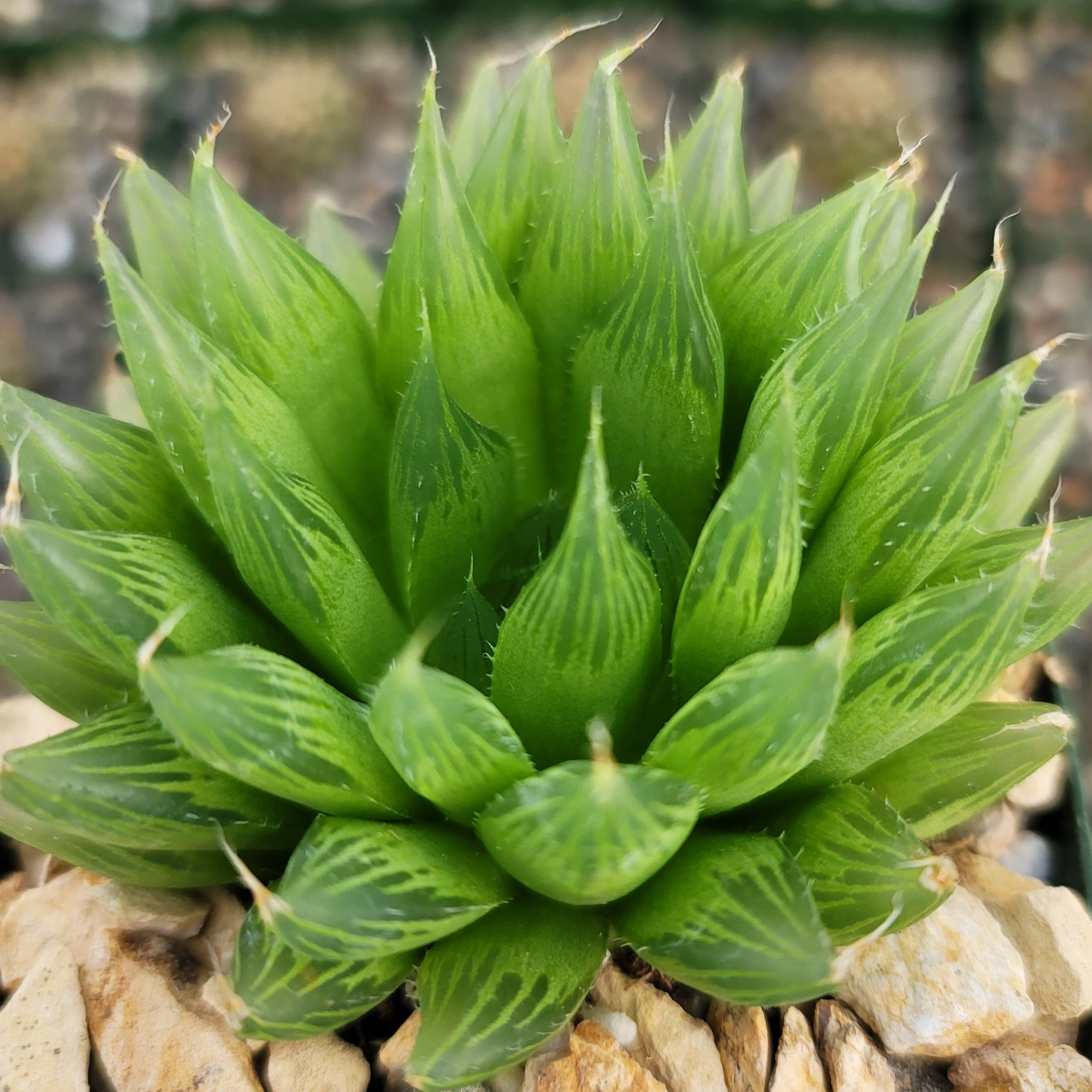Zebra Haworthia Succulent - Everything You Need to Know!
Updated: January 28, 2025

Haworthia Fasciata is a perennial succulent. It belongs to the Haworthiopsis genus. The succulents from the same genus are H. attenuata, H. limifolia, H. viscosa, H. glauca, and eighteen more species. This evergreen small-growing plant grows up to a height of 8 inches, but very slowly. Haworthia Fasciata or Zebra plant is a very beautiful succulent, one of the most hypnotic species in the succulent family.
About Haworthiopsis Fasciata - Zebra Plant
The Zebra succulent is an ornamental plant that is a rare specimen and much admired by succulent lovers worldwide. It does not have many demands, while its universal beauty makes it an astonishing addition to your garden. This succulent thrives indoors if proper care is given. Besides, it is easy to propagate this variety for the purpose of gifting it to friends and family.

This striped succulent is characterized by rosette structures made up of green triangular narrow leaves. The rosettes are about 8 inches tall and wide.
The leaves are striped with white lines that remind of Zebra stripes. Hence the common name of the plant is the Zebra aloe plant.
The leaves are green in color, triangular in shape, and come with narrow stripes.
This succulent has similar properties to that of the Aloe.
The Zebra succulent plant bears white and orange flowers during the Spring or the Summer season. The blossoms are tiny and tubular, growing at the end of a slender wooden-like inflorescence.
The Haworthia zebra succulent has a long life span of almost up to 50 years.
It is interesting to note that the inside of the Haworthia Zebra succulent is fibrous, with the leaves curving inwards. The offsets grow along with the parent plant and are used for Zebra succulent propagation.
Zebra Plant Care
The Zebra Haworthia is a compact, low-maintenance succulent that thrives indoors with minimal care. It prefers bright, indirect light and requires infrequent watering, making it ideal for beginners. With its distinctive white-striped leaves, this hardy plant tolerates a variety of conditions, provided the soil is well-draining and not overwatered. It is well-suited for small spaces, making it a popular choice for tabletops, windowsills, and office settings. It is vital to take good care of the Zebra aloe vera plant. Here are a few ways:
Quick Reference

Bloom Season
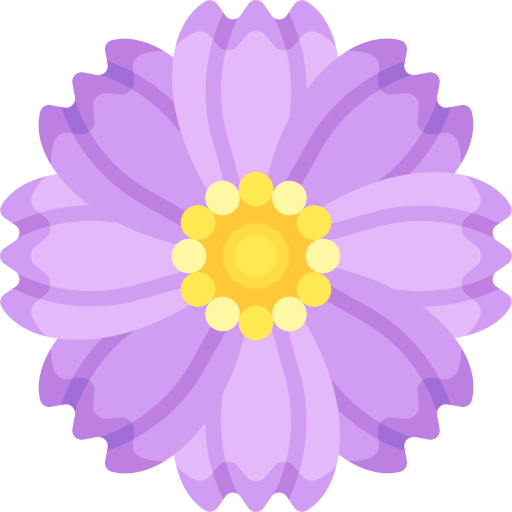
Flower Color

Growth Rate

Hardiness Zone

Mature Size

Plant Type

Sun Exposure

Toxicity

Watering Needs
Light requirements - Where to Place Your Zebra Plant Haworthia
The African Zebra plant needs a small pot because the roots have to be compact for the plant to flower. This Haworthia plant prefers bright, direct sunlight. Haworthia care indoors is quite easy and manageable. Place your plant near a window where it receives full sunlight, preferably towards the southern or south-eastern.
Additionally, it should receive about seven to eight hours of sunlight each day. Keep in mind not to expose the spiky succulent to too much sun during summers. It can cause the tips of the succulent to go red. When it happens, it is an indication that it needs a bit of a break from the sun.
Pro Tip
Remember, a very important Zebra plant care succulent factor - when the plant is young, it is advisable not to keep it in direct sunlight.
Ideal Temperature & Humidity
Another Zebra aloe succulent care tip is to meet the temperature needs of the plant. During winters, the temperature should be no more than 10°C. The plant can tolerate some amount of frost but ensure that the soil is dry and does not have a trace of moisture.
A tip for Zebra aloe care is that winters can be a terrible time for your succulent. If the chill in the air is accompanied by humidity, the plant can get sick. When the mercury dips low, place the succulent indoors to save it from the excessive humidity. No need to water it during winters because the leaves of the striped succulent store water.

Watering
During the growing season, which is Summer from April till September, the succulent should be watered well but rewatering should not be done till the upper surface of the soil is dry again. It is one of the most important aspects of Zebra cactus care. However, make sure that the soil is not completely dry.
So, the typical watering routine should be to use a moderate amount of water in Spring and summer. The other months should be mostly dry spells because the plant does not require watering. If it is humid, there are more reasons for abstaining from watering. The indication of Haworthia yellow tips is that your tiger-striped succulent has started to die. It could be due to overwatering that makes the leaves go yellow or brown and droop down. If the leaves are exposed to the sun for more than they can take, the succulent starts to get white.
Balanced Fertilizer Needs
Another key Zebra plant care tip is about the food. The right time to add NPK fertilizers to the plant is in their actively growing period, that is typically spring. No need to add fertilizers in winters. The food should typically be in liquid and balanced (5-10-5) form and be fed with water for the best results.
Over-fertilizing can lead to nutrient deficiencies and damage to the plant, so it is important to follow the recommended guidelines for application.
Optimal Zebra succulent soil
The natural habitat of Haworthia Fasciata is acidic sands. It is important to plant the Haworthiopsis Fasciata succulents in a well-drained soil type - pay special attention to the drainage.
Instead, make or buy a well-draining potting mix, or ideally use our specialized succulent potting mix that contains 5 natural substrates and mycorrhizae to promote the development of a strong root system that helps your succulent/cactus to thrive.
As an alternative, you can create your own potting mix by combining equal portions of perlite, coarse sand, and good natural potting soil.

Where to Buy Haworthia fasciata?
When it comes to buying Zebra Haworthia succulent, unless you have a local nursery that specializes in succulents; then you may have a hard time finding Haworthia fasciata near you.
We have the world's largest selection of Cactus & Succulents that can be shipped anywhere in the United States and are guaranteed to arrive happy & healthy.
Zebra Haworthia Succulent Quick Reference Growing Guide
| Bloom Season | Summer |
|---|---|
| Botanical Name | Haworthia fasciata |
| Common Name | Zebra Haworthia, Zebra Succulent Plant, Fasciated Haworthia |
| Dormancy | Winter |
| Family | Asphodelaceae |
| Flower Color | Orange, Red |
| Genus | Haworthia |
| Growth Habit | Rosette |
| Growth Rate | Slow |
| Hardiness Zone | 10, 11 |
| Mature Size | 8 in. tall, 8 in. wide |
| Native Area | South Africa |
| Plant Type | Perennial succulent |
| Propagation | By seeds, offsets, division, leaf cuttings |
| Resistance | Drought tolerant, heat tolerant, pest resistance |
| Soil PH | 6.5, Acidic, Neutral |
| Soil Type | Specialized succulent potting mix soil |
| Special Features | Easy to maintain |
| Sun Exposure | Full sun, partial shade |
| Toxicity | Safe for humans, safe for pets |
| Watering Needs | Low |
Key Takeaways
- Haworthia Fasciata is a low-maintenance, small succulent with striking white stripes on its dark green leaves, resembling a zebra's pattern.
- It grows slowly, reaching 8 inches in height, making it perfect for small spaces or containers.
- This succulent prefers well-draining soil, infrequent watering, and indirect sunlight, making it ideal for indoor spaces.
- Water sparingly, allowing soil to dry completely between waterings, as overwatering can lead to root rot.
- Repot every 2-3 years in the spring when the plant becomes pot-bound.
- If you're looking for a stylish, low-maintenance addition to your succulent collection, consider adding Haworthia Fasciata "Zebra Succulent" to your plant family today.
Frequently Asked Questions
-
How to propagate a Zebra plant?
Zebra plant propagation is not a very strenuous process. The best way for Zebra plant succulent propagation is through offsets. The good thing is that the mother plant has multiple offsets growing alongside. It would help if you used a sharp knife to cut the offsets from the parent plant. For the best results, it is advisable to keep many roots. These Boise succulents can be planted in small pots after letting the offset dry for a day or two. Keep watering the offset only when the top layer of the soil has dried out. Instead of asking your friends and family ‘how to propagate Zebra plant succulents,’ you can take out all the offsets by yourself, plant them, and send them out as gifts to them.
-
What are the features of Zebra succulent plant flowers?
Haworthiopsis Fasciata flowers are white and orange in color. The individual flowers grow from an inflorescence that measures up to 10 cm. Green or reddish-brown colored bands surround the flowers. Besides, the shape of the flowers is tubular.
-
Which are the plants that look like Zebra plants?
There are multiple types of tiger-striped succulents. Some of these varieties are Haworthia Glabrata, Hankey Dwarf Aloe, Red Zebra plant, Haworthia Radula Variegated, Haworthia Enon, Big Band, Super White Zebra, Alba, Royal Albert, Tears of Angels, Haworthia conspicua, Tulista Breuer, Coarctata, Haworthia limifolia var. Striata, Crosby’s Prolific, African pearl Haworthia, Haworthia aristata, and more.
-
Why is my Zebra succulent turning yellow?
It is possibly because the plant is dying. The reason behind the succulent turning yellow is that it is being over-watered, or the soil is not draining off water.
-
Can Zebra plants be kept outside?
Yes, Zebra aloe can be grown outside. Succulent owners need to remember that the plant should be placed in a sheltered location. The plant loves light, but it should not be placed under direct sunlight. Growing the species in a greenhouse is also a good idea.
-
What kind of pots can be used for growing mini-Zebra plants?
The pot or the container should have a couple of holes at the bottom. Repotting a Zebra plant means that the mother plant can be planted in a wider pot while the offsets are left in the original container. The best thing is that due to the slow growth rate of the succulent, it does not require regular repotting. When repotting is required, the plant starts to outgrow in the original pot.
-
How do you take care of a Zebra plant?
- The Haworthia Fasciata or the Zebra Plant adores natural light, but it is not very tolerant to direct sunlight.
- Also, like all other succulents, this succulent with tiger stripes needs appropriate watering. Only when the topsoil is dry on touching, the succulent should be watered. In addition, water well and thoroughly during summers or the growing season but hardly any water during winters. Water too often and too much, and the plant can start to rot.
- Another Haworthiopsis Fasciata care point to remember is that the water should never fall on the leaves directly. Else, the stems can start to rot very soon.
- One of the best species of succulents with stripes is undeniably the Haworthia Fasciata. They look so ornamental that you can capture Haworthia pictures and post them on your social media to get instant likes and shares from your loved ones!



